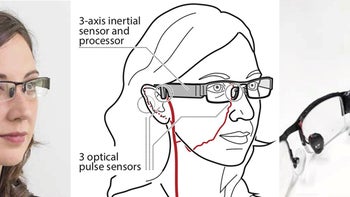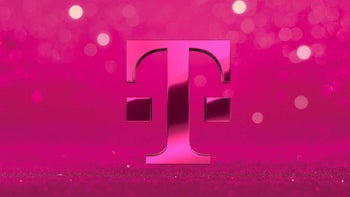Microsoft patents new health wearable

We have previously covered what is believed to be the next logical evolution in wearables. A large portion of the market finds the health and fitness tracking abilities of wearables to be the most important characteristic of the product. With that in mind, companies are working to move beyond tracking steps or heart rate and on to tracking blood pressure as well. To be clear, some devices already attempt this in a variety of ways as we detailed with the Galaxy S9. Yet, this has not gone mainstream yet and is far from efficient. The key element for any company developing a device with such capability comes down to two things. The first is unobtrusivity and the second is that it is passive. This means that traditional cuffs worn on the bicep will not cut it here. No consumer wants a cuff squeezing their arm for minutes on end while in a meeting or at the gym. It also has to be a passive device meaning that it can be done periodically and without any special preparation. You simply wear the device and go about your day.
Microsoft has gone with perhaps the strangest route...
The company has patented a pair of glasses that measure blood pressure. The prototype was detailed in a report by Christian Holz and Edward Wang of Microsoft Research. Optical sensors are in the arms of the glasses. These sensors measure the pulse at three different sites on the user's face. The device then measures the time and rate between these three areas and the heart to calculate a blood pressure. There are other sensors that collect other data such as movement and records changes in vital signs over a period of time during different activities. It is likely this measures your heart rate and possibly other bits of data as well. The prototype apparently had a successful trial during real-world world use and is faster than traditional methods. One curious aspect of the study is that the researchers said it only measures systolic blood pressure (the top number on a blood pressure reading). There is no mention of a diastolic reading which can often be the important number when determining a cardiac event. As always, patents do not mean products and Microsoft routinely obtains patents on technology that never sees the light of day. It will be interesting to see the other concepts that emerge from competing companies.
source: Christian Holz













Things that are NOT allowed: